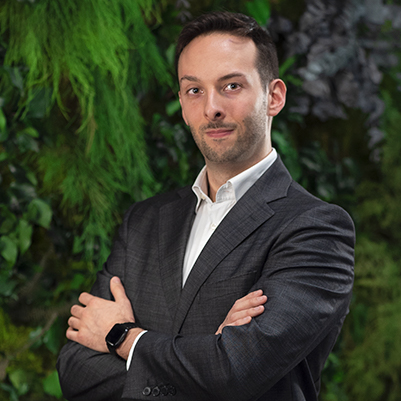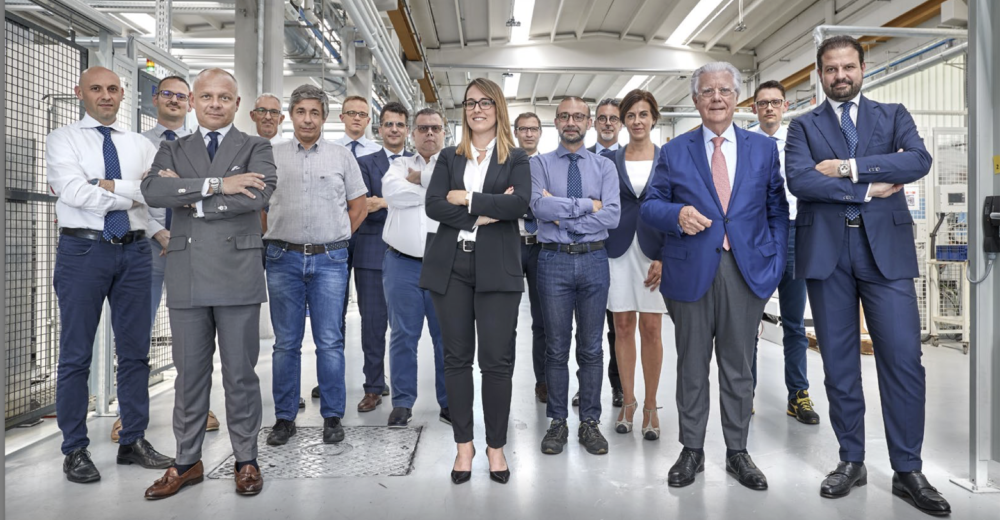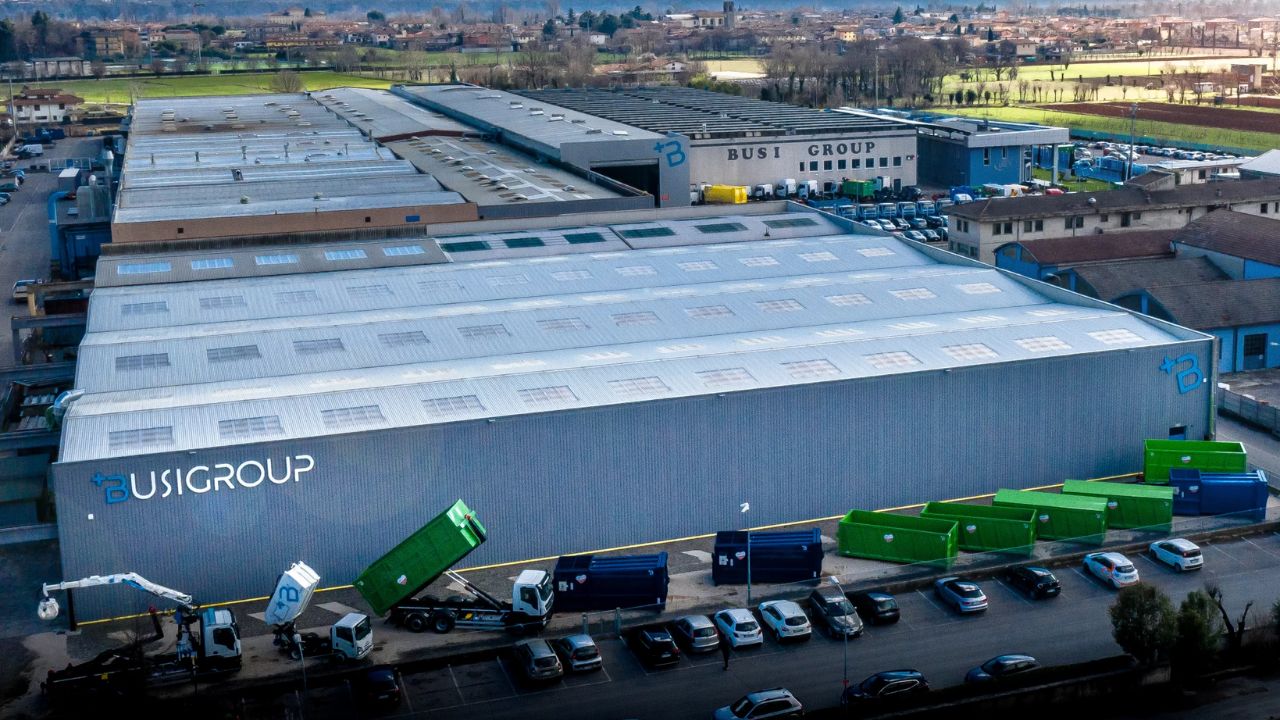Doing business in Italy? A family affair

Indice
65% of Italian companies are family-owned and, according to the 2019 Global Family Business Report , Italy ranks 7th on the list of countries hosting the top 500 family businesses in the world. Among the top 100 oldest companies in the world, 15 are Italian and among these 5 are among the 10 oldest family businesses still in operation.
According to an article in Il Corriere in Italy, in October 2020, there were 96 family groups with consolidated turnover exceeding 1 billion euros and according to data from the AUB Observatory, family businesses contribute as a priority to the creation of employment and have shown greater ability to recover pre-financial crisis profitability.
It can therefore be said that they have a strong aptitude for evolving and a great ability to adapt even in the event of sudden changes in the scenario.
“Family businesses are the backbone of the Italian economy”.
(Associazione Italiana Delle Aziende Familiari – Italian Association of Family Businesses – AIDAF)
A current topic? An opportunity to grow!
In the coming years, family businesses will increasingly have to face the issue of generational change: in fact, most of these companies, especially small and medium-sized ones, are still led by the founders themselves.
Today, we can interpret this data as a guarantee of cohesion and stability, but soon it will be a fundamental issue.
Addressing the generational shift can create problems for the company and its people: supporting data tells us that less than 30% of family businesses exceed the third generational shift.
According to data from Aidaf (Italian family business) and Bocconi, in fact, only 15% of Italian family businesses reach the third generation, not only because of failed handovers, but also for market reasons, and companies with over-70 leaders perform worse than those managed by younger managers and entrepreneurs.
Therefore, preparing a succession plan in time is a priority for family businesses, and it emerges clearly that structuring intervention models, mapping and consolidating the stakeholder system is useful and necessary to prepare for this delicate phase of the family business life cycle, as well as taking into account the social and psychological dynamics that the change process can trigger within the company between the people involved.
Here are some useful reflections to prepare for the best, and in time, change and make the transition effective and sustainable, from the point of view of the future of the company and its people.
Generational change and economic and human sustainability
The theme is delicate, not only because it often represents the first change between the property that founded the company and the first generation of heirs, but also because this moment is the opportunity to switch from a more “master” business logic to more fully managerial management, and maybe even lean!
This step may be the time to introduce economic and human sustainability elements at company system level, to create an organization that is increasingly dependent on the individual’s talents and abilities and more capable of meeting today’s challenges.
Consider, for example, the typical operating modes of a company strongly centered on the founder, in which organizational operation is closely linked to presence and the influence of ownership. In this type of reality, often even among employees, there are triggers such as “I do these activities because I ask me x”; it is also a question of limiting any problems that may arise when no decision-making autonomy and find other incentives to act, map out all the decisions which need to be supervised and grounded, and reassign decision-making and operational delegations, to avoid “leadership gaps” or worse the emergence of individual behaviors that are not functional to the achievement of economic and human sustainability of the company.
The extremes to be avoided
The starting point is awareness of the potential that the transition can offer: if well managed, in fact, it can lead to the construction of a better future for the company as long as two common extremes are avoided, equally dangerous, which may call into question the success of the process:
- Remain too anchored in the business model already existing, simply exchanging and reassigning roles and tasks, almost just wanting to replace people only to implement changes, perhaps even in an arbitrary or unweighted way;
- To change the whole structure, in the wake of a thought that only aims to introduce the new, as if to say that all the old must be discarded and forgotten for the crusade of the new generation.
In short, it is a matter of not letting yourself be taken by the hand, not being guided by excess (an excess of conservatism or of spasmodic research of the new) and to know how to chart a new course for the business objectives, and for the exploitation of the assets constituted by people in the company, also thanks to the design of new career paths, which rather than leading to the search for new external figures, lead to identify, Internal staff who – properly trained and informed – can take on new roles and new skills.
With this way of proceeding, you bring the people of the company on board, touching levers that perhaps had never been touched before.
Some guidelines already tested
Lenovys has supported several companies in their first generational change and has helped them achieve greater corporate and human sustainability, as well as creating corporate structures capable of facing the uncertainty that characterizes our markets at the present time, with greater organizational solidity and greater speed of execution and adaptation.
Here are four practical tips to use as guidelines:
1. Define a strategy that is shared and experienced by people
With the loss of the founder’s leadership and vision, it becomes essential to involve the organization in defining and implementing the strategy. A forward-looking vision is in fact the basis for the economic sustainability of a company, especially in a world that changes quickly. However, vision alone is not enough. It is necessary to learn and ground this vision in the individual actions of every day and of all the people involved in the company, even more so in the absence of a strong figure such as that of the founder. It therefore becomes necessary to provide clear and shared reasons to motivate everyone to commit themselves fully to increase the involvement and contribution of each person. In other words, alongside economic sustainability, human sustainability linked to the implementation of the company strategy must be considered.
2. Analyze and question the organizational structure
Analyzing and re-discussing the organizational structure, including the autonomies of the individual functions and their managers, does not mean that everything will then have to be dismantled, and necessarily changed, but the analysis of all processes and all activities is a key step that promotes awareness, clarity, highlights any organizational gaps and therefore produces greater operational effectiveness in the future. This becomes essential not only from the point of view of economic sustainability, but also from the point of view of human sustainability to allow people in the company to express their full potential.
This step is functional to:
- adapt the new organizational structure to the personal skills and inclinations of the new leader, and their managers
- identify people who can be valued and started on a path of managerial growth, to accompany them towards new roles and responsibilities
3. Consider this opportunity as a chance for change
Consider this opportunity for change as a good time to verify, and possibly evolve the methods of monitoring company performance, and level the load of tasks and decision-making delegations so that there are no “bottlenecks” that can slow down the company’s actions and undermine the economic and human sustainability of the company.
4. Introduce the use of the Position Agreement tool
The introduction of the Position Agreement tool enables the empowerment of all resources, including people, by sharing entrepreneurial risk and margin growth. This approach introduces a management method for people and incentives that are fully covered and rewarded with the best results achieved.
Setting objectives and evaluation criteria in advance offers many advantages:
- It makes the variable share not perceived as “due” or linked to discretion or fiduciary relationships with the property that grants it, but as a concrete result that is function of tasks and responsibilities of the role.
- It makes it clear how actions can bring closer/move away from the achievement of primality.
- It leads to a focused reflection on the growth of expected results in the company, and the growth expected by the people involved, and allows to identify the possible need to activate coaching/ mentoring paths to support management development.
- Helps identify measurable indicators for the activities to be carried out.
- Facilitate understanding and identifying which indicators to assign to each area/ project so that the achievement of the goal is the responsibility of those who have the responsibility but also shared with the entire value chain in the company.
We have painted a picture in which change will be inevitable and tangible, but preparing for time a plan of succession, and structuring the models of intervention we can transform an unavoidable need in an opportunity for growth and improvement.
The ingredients of success are a slow transition (“boiled frog effect”), an increased dialogue on performance-sensitive elements (Position Agreement) and clear goals at both corporate (business strategy) and local level (with the position targets).
Thus, a path so difficult and unpredictable can be more manageable and effective, provided that follow the right steps through proper planning and execution.
Articolo a cura di:

Morgan Aleotti
Manager
Management consultant and behavior analyst, he has gained experience in the field of multinational clients interested in achieving productivity, quality, sales and safety results through the analysis and dissemination of goal-oriented behaviors. Worked in particular with companies in the metal, food, chemical, health, steel and service industries. Professor of Behavioral Analysis, he has six publications on the subject.
Read more
Prossimi eventi








